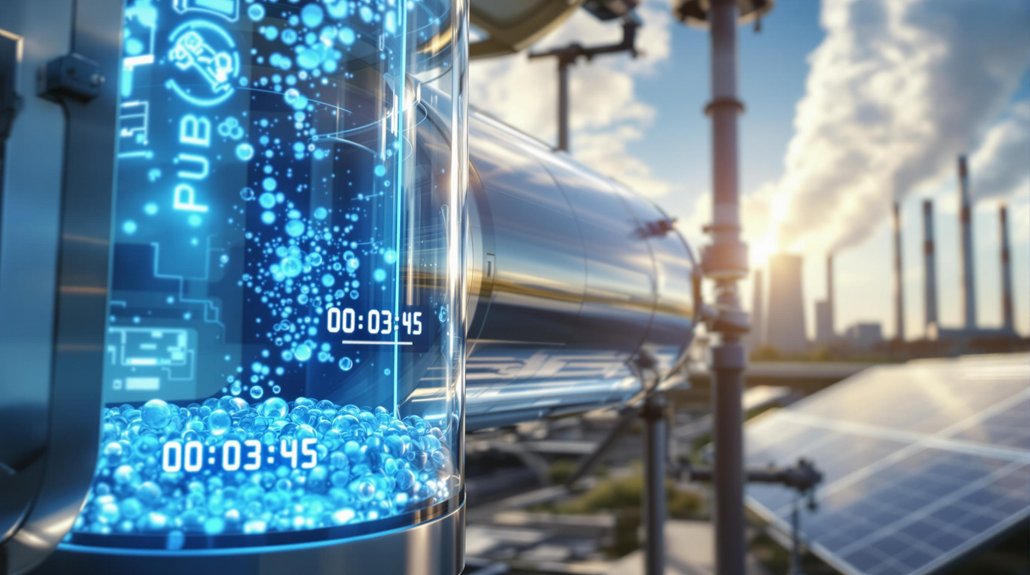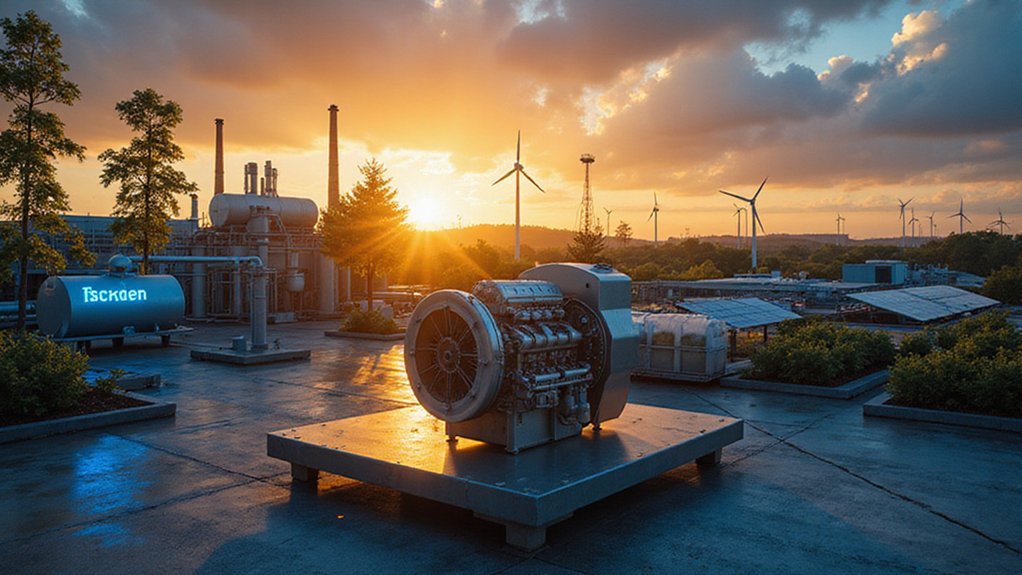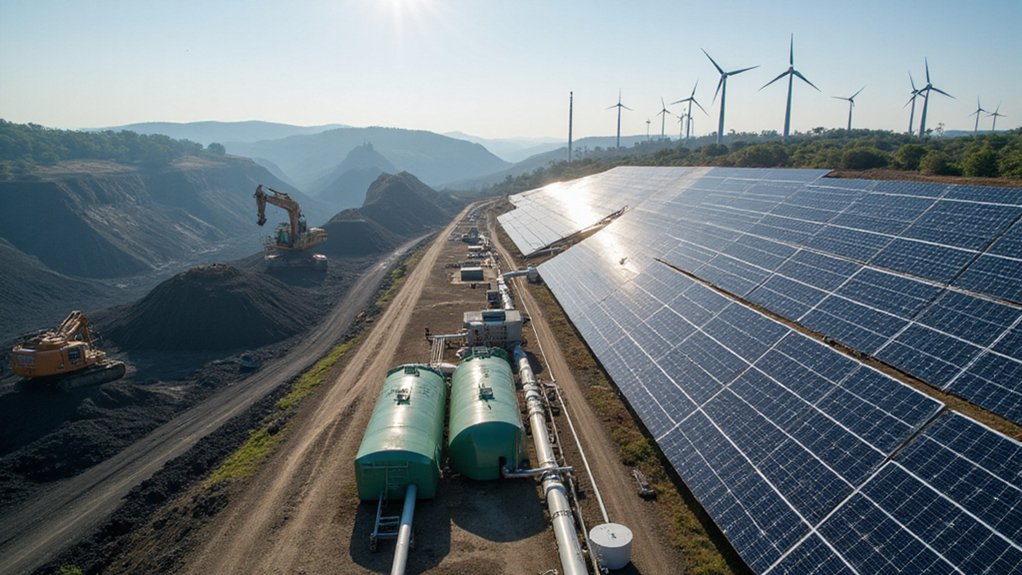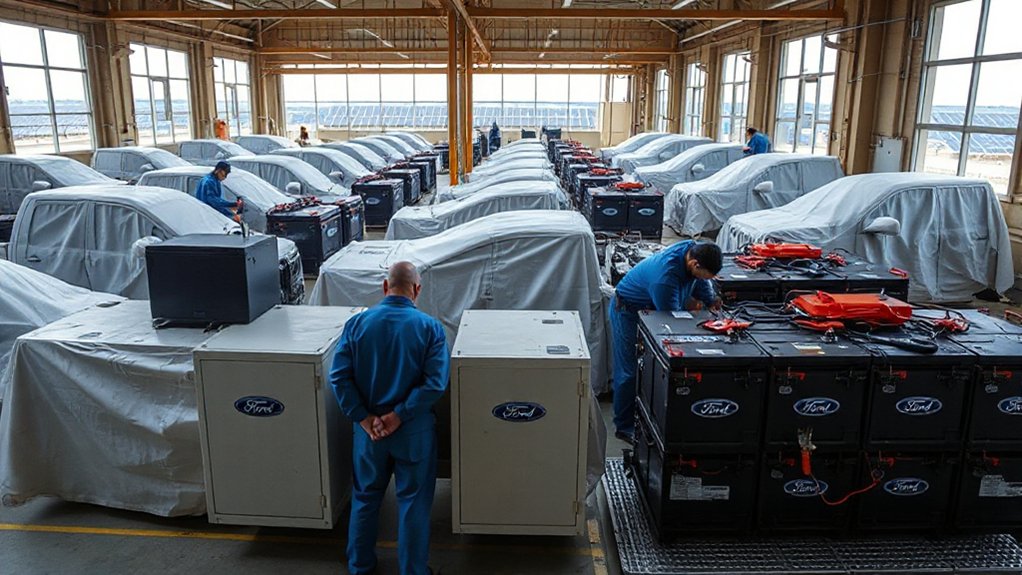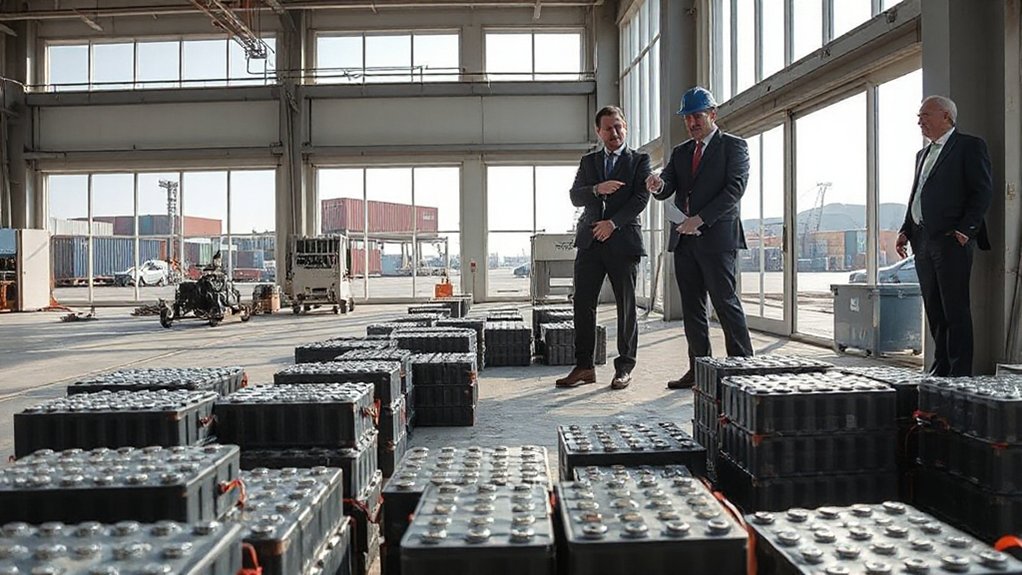Groundbreaking technology now converts harmful carbon dioxide into usable fuel in minutes, dramatically improving on previous methods that took days. The process utilizes solar-powered reactors to create syngas, a key ingredient for sustainable liquid fuels. This innovation tackles climate change while creating valuable energy resources from waste. It offers environmental benefits by repurposing CO2 and supporting a circular economy. The technology could transform hard-to-electrify sectors with its rapid conversion capabilities.
Scientists have developed groundbreaking technology that converts harmful carbon dioxide emissions into useful fuels. This innovative process can transform CO2 waste into usable fuel in minutes, dramatically improving on previous methods that took days to complete. The technology represents a major leap forward in efforts to combat climate change while creating valuable energy resources.
The conversion process uses solar-powered reactors that turn CO2 into syngas, a key ingredient in making sustainable liquid fuels. Other methods like electrolysis can transform carbon dioxide into synthetic fuels such as methane and methanol. These fuels aren’t just environmentally friendly – they’re also biodegradable and non-toxic.
Algae-based systems offer another promising approach. These natural powerhouses use photosynthesis to convert CO2 into lipids and biomass, which can then be processed into biodiesel. Meanwhile, direct air capture systems efficiently pull carbon dioxide directly from the atmosphere for fuel production. Similar to high-temperature resources in geothermal energy, these systems tap into existing natural processes to create sustainable power solutions.
The environmental benefits are substantial. Instead of releasing CO2 into the air where it contributes to global warming, these technologies repurpose it as a resource. This creates a circular economy where waste becomes valuable. The resulting fuels can help decarbonize sectors that are difficult to electrify, like aviation, shipping, and rail transportation. These innovations promote energy independence by reducing reliance on imported fossil fuels while supporting local economies.
Current innovations continue to improve efficiency. The system cleverly integrates a photocathode and anode to simultaneously process CO2 and plastic waste. Researchers are developing microbial electrolysis technologies to produce hydrogen-rich fuels, while advances in algae cultivation systems allow for continuous CO2 absorption and fuel production. The U.S. Department of Energy’s national labs are creating tools to enhance these technologies’ feasibility and environmental performance.
Innovation accelerates as researchers harness microbes and algae to transform carbon dioxide into sustainable fuels for our future.
Despite promising developments, challenges remain. The conversion process requires significant energy and water resources. High infrastructure costs and efficiency concerns also present obstacles to widespread adoption. Scientists are working to address these issues while policymakers develop regulatory frameworks to encourage implementation.
The potential applications are vast. These clean fuels could power aircraft, ships, and trains while reducing dependence on fossil fuels. They could also serve as industrial feedstocks and help decarbonize manufacturing and agricultural operations worldwide.
